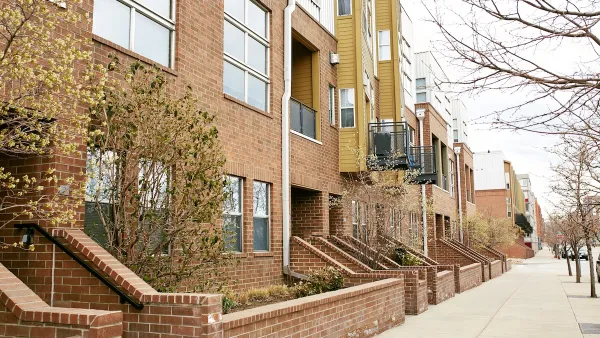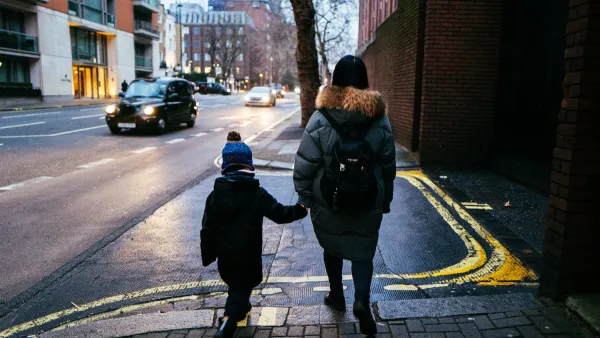A new study provides further evidence that incorporating sidewalks into existing neighborhoods is a practical and inexpensive way of encouraging people to exercise.
"No matter which country you are in, new research finds those who live in a city neighborhood are twice as likely to be physically active the those in the suburbs. According to a San Diego State University study published in this month's American Journal of Preventative Medicine, the main factor influencing physical activity around the world is accessibility to sidewalks.
Researchers looked at data from 11,541 survey participants in 11 countries, which included the United States, Lithuania, Brazil, Sweden and Japan. Those individuals who reported living in a city neighborhood with easy access to sidewalks were 15-50 percent more likely to get moderate-to vigorous activity at least five days a week for at least 30 minutes each day.
SDSU professor and lead author Jim Sallis said this is likely because sidewalks can be used for recreation like jogging and in-line skating as well as for transportation, in lieu of using a car or other means of transportation.
"Even in this group of culturally diverse countries, this one factor held consistent," Sallis said. "Many of these activity-friendly neighborhoods also had residential living within a close 10-15 minute walk to recreation facilities, shopping or mass transit stops."
Thanks to Gina Jacobs
FULL STORY: City Dwellers Worldwide Healthier than Suburban Counterparts

National Parks Layoffs Will Cause Communities to Lose Billions
Thousands of essential park workers were laid off this week, just before the busy spring break season.

Retro-silient?: America’s First “Eco-burb,” The Woodlands Turns 50
A master-planned community north of Houston offers lessons on green infrastructure and resilient design, but falls short of its founder’s lofty affordability and walkability goals.

Delivering for America Plan Will Downgrade Mail Service in at Least 49.5 Percent of Zip Codes
Republican and Democrat lawmakers criticize the plan for its disproportionate negative impact on rural communities.

Test News Post 1
This is a summary

Test News Headline 46
Test for the image on the front page.

Balancing Bombs and Butterflies: How the National Guard Protects a Rare Species
The National Guard at Fort Indiantown Gap uses GIS technology and land management strategies to balance military training with conservation efforts, ensuring the survival of the rare eastern regal fritillary butterfly.
Urban Design for Planners 1: Software Tools
This six-course series explores essential urban design concepts using open source software and equips planners with the tools they need to participate fully in the urban design process.
Planning for Universal Design
Learn the tools for implementing Universal Design in planning regulations.
EMC Planning Group, Inc.
Planetizen
Planetizen
Mpact (formerly Rail~Volution)
Great Falls Development Authority, Inc.
HUDs Office of Policy Development and Research
NYU Wagner Graduate School of Public Service





























